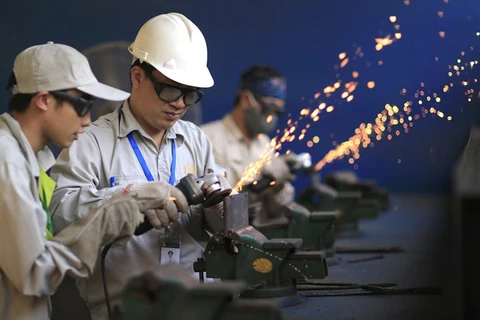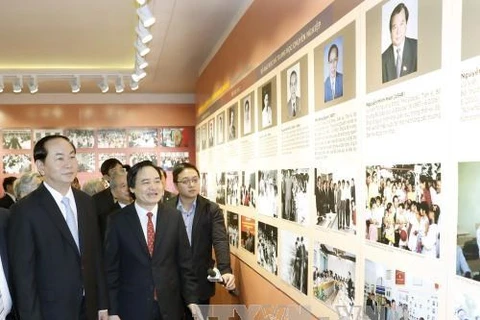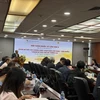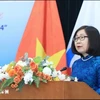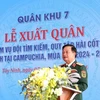Hanoi (VNA) – By 2020, all state governing bodies in education and training and other educational institutions hope to perform administrative activities online. Seventy percent of meetings between state governing bodies and educational institutions are hoped to be conducted via teleconference.
These ambitious figures were part of a scheme entitled “Promoting information and communications technology (ICT) integration in managing and supporting teaching-studying and researching activities, in aid of strengthening education and training quality for 2016-2020”, which was just ratified by Prime Minister Nguyen Xuan Phuc.
The plan aims to put 70 percent of training classes online with “blended learning” which combines digital media with traditional classroom methods.
One of the key aims of the scheme is to develop sector-wide management information that will facilitate connections and information sharing between information systems from central to local levels.
Also, all pedagogy-related issues like the management of students and teachers, management of tests, management of school records, school timetables and integration with schools’ websites will be done online at all levels, from pre-school, to 12-year formal education and continuing education.
The scheme is expected to boost the role of ICT integration in renovating efforts of traditional methods currently used in teaching and studying as well as in scientific research and result assessment.
Specifically, a digital teaching-and-learning material database will be established and frequently updated. This database will contain electronic lectures, multimedia learning materials, electronic textbooks, simulation software and other learning materials.
An online question bank of all subjects will also be developed and regularly updated.
In addition, concerned agencies will need to collaborate in developing a digital library portal – which stores textbooks, lectures and various learning materials, to make it easier for education institutions to access these sources.
Online lectures from other countries can also be used if appropriate. Undergraduate level e-learning school models will be established or expanded upon existing schools, using capital from foreign sources or private enterprises.-VNA

